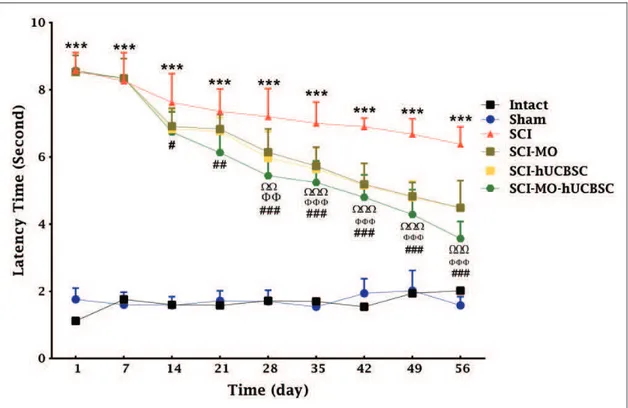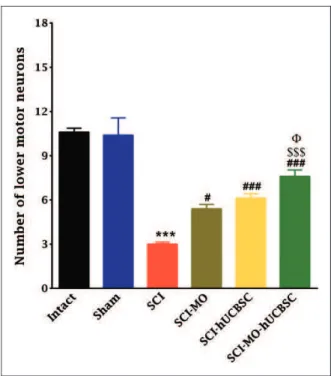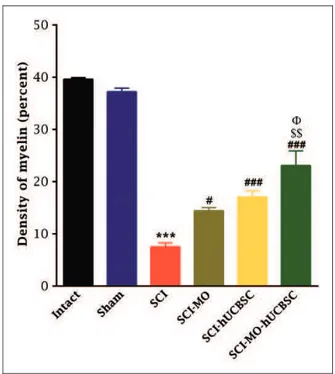Assessment of Neuroprotective Properties of Melissa officinalis in Combination With Human Umbilical Cord Blood Stem Cells After Spinal Cord Injury
Texto
Imagem




Documentos relacionados
(β01β) In vivo hepatic differentiation of mesenchymal stem cells from human umbilical cord blood after transplantation into mice with liver injury. (β007)
Hematopoietic stem cell transplantation in children with acute leukemia: similar outcomes in recipients of umbilical cord blood versus marrow or peripheral blood stem cells from
It is imperative to develop strategies to obtain axonal growth from grafts into the adjacent spinal nervous tissue. Approaches to obtain such a response in the injured adult spinal
Three weeks after cell therapy, electrocardiographic parameters in the groups treated with fresh and cryopre- served hUCB cells were typical of infarcted animals..
The present study demonstrated that treatment with mononuclear cells from human umbilical cord blood was able to promote functional recovery in rats subjected to spinal
The aim of this study was to investigate the feasibility of genetic delivery of Sox9 to enhance chondrogenic differentiation of human umbilical cord blood-derived mesenchymal stem
Comparative characteristics of mesenchymal stem cells from human bone marrow, adipose tissue, and umbilical cord blood. Minimal criteria for defining multipotent mesenchymal
Figure 2. Matrigel-mediated induction of self-assembled cell networks by UCBMSCs. A ) Representative images of cell networks generated by both control and EGM-2-induced UCBMSCs during




